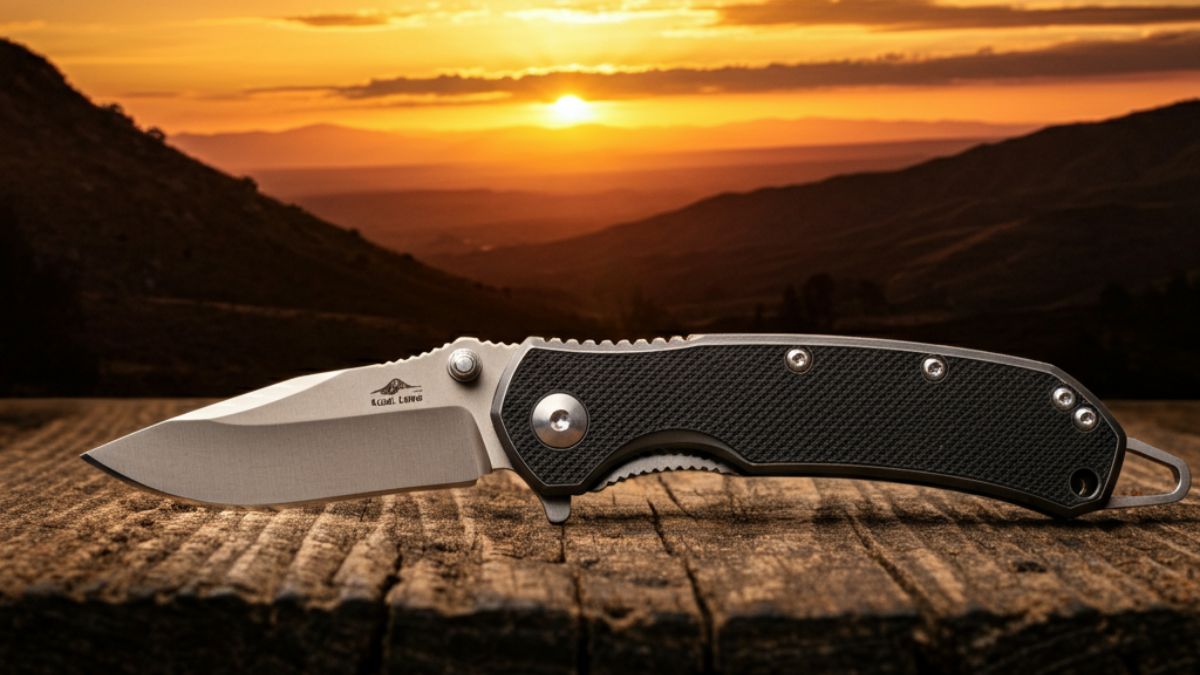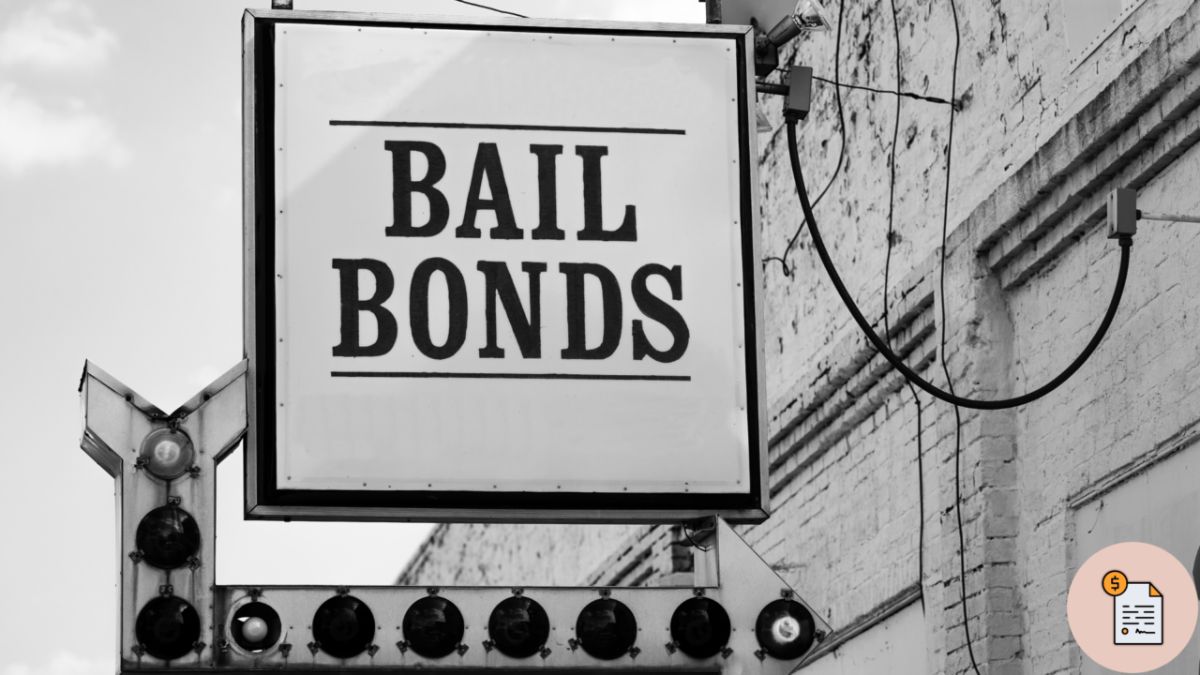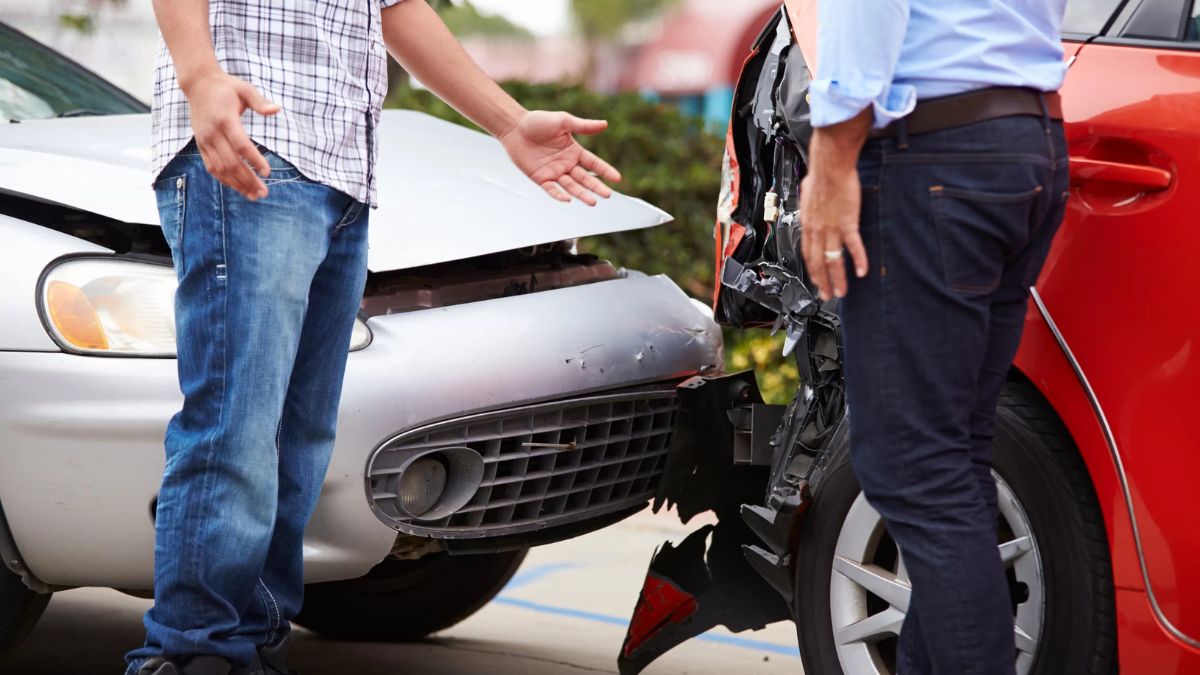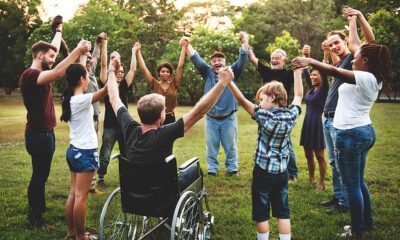LAW
Understanding California Knife Laws in 2024

Knife Laws Navigating weapon laws can be a daunting task, especially in a state as regulated as California. Among its numerous legal intricacies and restrictions lies an important topic for outdoor enthusiasts, collectors, and everyday citizens alike—knife laws. Whether you’re carrying a pocketknife for utility, a switchblade for outdoor activities, or even a collectible blade, understanding the laws governing knives in California is crucial to staying compliant and avoiding potential legal troubles.
This blog post breaks down California’s knife laws into simple, digestible sections. By the end, you’ll know the types of knives allowed, the laws surrounding carrying knives, places they’re restricted, and potential penalties for violations.
What Are California Knife Laws?
California knife laws are a set of regulations determining the types of knives you can legally own, carry, and use within the state. These laws fall under both California Penal Code 17235 and California Penal Code 21510, which set forth specific rules on blade length, types of knives, and where they can be carried.
California has one of the most complex and restrictive sets of knife regulations in the United States. While the laws aim to prioritize public safety, they can be confusing if you’re unsure about the specifics.
Here’s a key takeaway—knives serve many purposes, including utility, expression, or professional use, but legality depends on their type, intent, and context of possession.
Types of Knives Permitted and Prohibited in California
Understanding whether your knife is legally allowed in California starts with knowing the types of knives regulated under the state’s law. Below is a breakdown of both legally permissible and prohibited knives.
Legal Knives
The following knives are legal under California law for ownership and use in regular circumstances, but there are often restrictions on how and where you can carry them:
- Folding Knives
- Folding knives, such as pocketknives, are completely legal to possess and carry in California as long as the blade is not locked in an open position.
- Kitchen Knives
- Standard kitchen knives used for cooking and food preparation are fully legal.
- Fixed-Blade Knives
- Bowie knives, hunting knives, and other fixed-blade knives are legal to own; however, carrying them openly or concealed has specific restrictions (covered later).
- Switchblades (Under 2 Inches)
- Switchblades with blades under 2 inches are legal. Larger blades in switchblades come with stricter regulations.
- Collector Knives
- Antique or decorative knives are permissible as long as they aren’t wielded for unlawful purposes or violate specific length restrictions.
Illegal Knives
The possession or use of the following knives is prohibited and can result in serious penalties.
- Switchblades (2 Inches or More)
- Per California Penal Code 21510, switchblades with blades measuring 2 inches or more are illegal for carry or possession in most circumstances.
- Ballistic Knives
- Knives that eject the blade using a spring or explosive force are considered ballistic knives and are illegal under California law.
- Knives Concealed as Other Items
- Knives disguised as belt buckles, pens, or lipsticks are strictly prohibited.
- Dirks and Daggers in Concealed Carry
- While dirks and daggers may be owned, carrying them concealed without explicit permission is illegal.
Rules for Carrying Knives
Even if a knife is legal to own, California imposes strict laws about how and where it can be carried.
Concealed Carry
- Folding knives in a closed position are generally legal to conceal carry.
- Fixed-blade knives, dirks, or daggers cannot be carried concealed on your person under California Penal Code 21310.
Open Carry
- Fixed-blade knives must be carried openly but not concealed. For example, wearing a hunting knife on a visible belt sheath is acceptable.
Public Places
- Knives are prohibited in public buildings, schools, airports, and specific events such as courthouses. These areas are called “weapon-free zones.”
Key Locations Where Knife Carry Laws Matter
Knowing when and where you can legally carry a knife in California is equally important as understanding the regulations on types of knives. Here are common situations or locations and the applicable restrictions.
Schools (K-12)
Bringing knives to K-12 school grounds is strictly prohibited, including pocketknives. Violations may result in criminal charges.
Colleges and Universities
The regulation is less clear for colleges, but campus policies often restrict blades of any kind. Check the specific institution’s guidelines.
Airports and Courthouses
Blades of any length, including small pocketknives, are banned in secure areas of airports and courthouses. TSA confiscates knives during routine screenings.
Public Streets and Parks
Most knives are allowed in public spaces as long as they follow the state’s open carry and length rules (no concealed fixed-blade knives over 2 inches).
Penalties for Breaking Knife Laws in California
Violating California knife laws can have severe implications, ranging from fines to criminal convictions.
- Misdemeanor
Carrying an illegal knife, such as a switchblade over 2 inches, may result in misdemeanor charges, punishable by up to 1 year in county jail and fines.
- Felony
Using a knife in conjunction with another crime can escalate charges to a felony, resulting in longer imprisonment and higher fines.
- Civil Penalties
Certain violations, such as carrying knives in prohibited areas, might result in civil fines instead of criminal charges.
Knowing and abiding by state knife laws helps avoid these harsh consequences.
Safely Staying Within the Law
Here are some actionable tips to ensure you’re using knives within the boundaries of California law:
- Always check the blade length of any knife you carry.
- Avoid carrying fixed-blade knives concealed on your person.
- When in doubt, openly carry any knife that is allowed under law.
- Research specific regulations for events or venues you plan to attend.
A Final Word on California Knife Laws
California knife laws are intricate, but staying informed ensures that you can confidently own and carry legal knives without worry. Whether using a folding knife for convenience or collecting blades as a hobby, your awareness of the state’s legal framework is essential.
By carefully following the rules outlined above, you’ll not only comply with the law but also promote safe use and enjoyment of knives in daily life.
Do you have questions about specific knives or scenarios? Leave a comment or consult a local legal expert to make sure you’re fully informed.
Frequently Asked Questions (FAQs)
Q: Are butterfly knives legal in California?
A: Butterfly knives, also known as balisongs, are classified as switchblades under California law. Possession, sale, or transfer of butterfly knives with a blade longer than 2 inches is prohibited.
Q: Can I carry a pocketknife in California?
A: Yes, carrying a folding pocketknife is generally legal in California, as long as the blade is folded and not in a locked position. However, always ensure it complies with local ordinances.
Q: Are there special restrictions on knives in schools or public buildings?
A: Absolutely. It is illegal to bring knives, including folding knives and fixed-blade knives, into schools, government buildings, or other restricted zones. Always review specific venue rules before carrying a knife.
Q: What blade length is considered illegal for concealment?
A: Fixed-blade knives of any length cannot be carried concealed. For other types of knives, blade length restrictions vary, so ensure you verify the specific type of knife and local regulations.
Q: Can I openly carry a sword or large blade?
A: Yes, openly carrying a sword or large blade is legal in California, given it is carried in an unobstructed and visible manner. However, such practices might be subject to local city or county rules.
Always check your city’s regulations and stay updated on changes to California state knife laws to remain compliant.
LAW
The Rise of Bebasinindo More Than Just a Trend – It’s a Lifestyle

Language evolves with society—and sometimes, a single word becomes a whole movement. That’s exactly what Bebasinindo is turning into. But what is this trending term, and why is everyone suddenly using it? Let’s dive into the world of Bebasinindo, where language meets culture, freedom, and identity. Bebasinindo is a newly coined term that blends “bebas” (meaning “free” in Indonesian) with “inindo”, a suffix that hints at something uniquely Indonesian. Together, the word represents freedom of expression, individuality, and unfiltered creativity—all in an Indonesian context. It’s more than slang. It’s a mindset.
Why Is Bebasinindo Gaining Attention?
Bebasinindo is gaining massive attention because it speaks directly to a new generation that values freedom, authenticity, and self-expression. In a society that often emphasizes conformity and tradition, this term offers a refreshing sense of rebellion and individuality. It’s easy to say, fun to use, and loaded with meaning—making it perfect for viral content. Social media platforms have supercharged its reach, turning it into a cultural badge for those who want to be bold and unapologetically themselves. Simply put, Bebasinindo captures the spirit of modern Indonesia in just one word.
Historical and Cultural Roots
There’s no official dictionary that contains Bebasinindo—yet. The word grew from a blend of grassroots youth culture and online conversations. Many trace its roots back to Indonesian Gen Z forums, where bebas became a rallying cry. Traditionally, Indonesian society values politeness, harmony, and conformity. Bebasinindo breaks that mold. It’s the new rebellion—one that happens through memes, voice notes, and TikTok captions instead of protest signs.
Bebasinindo in Popular Culture
Platforms like Twitter (X), TikTok, and Instagram Stories catapulted Bebasinindo into viral status. Hashtags like #bebasinindo now feature skits, debates, poetry, and even song lyrics that celebrate free speech and open expression. Indonesian youth are savvy linguists. They’ve taken Bebasinindo and twisted it into:
- Bebasin aja (Just be free)
- Bebas banget inindo style (Super free, Indonesian-style)
It’s like the new YOLO—only more culturally rooted.
Bebasinindo in Different Regions
Even though the term started in Java, it’s spreading like wildfire across Sumatra, Bali, Sulawesi, and beyond. Jakarta, the cultural trendsetter, is the epicenter of Bebasinindo’s usage. Street art, spoken word nights, and indie brands all embrace it. In urban settings, Bebasinindo means open expression. In rural areas, it’s taken more cautiously—interpreted as a call for independence within social limits.
Social and Psychological Impacts
Bebasinindo is about owning your identity—language as a badge of who you are. It’s informal, bold, and 100% homegrown. Think of Bebasinindo as verbal graffiti—it reflects the collective mood of a younger, bolder, more outspoken generation. From memes to GIFs to short videos, #bebasinindo is now a cultural tag for content that feels authentic, rebellious, and hilarious. Bloggers, streamers, and podcasters are hopping on the Bebasinindo trend to build loyal communities. It’s content with soul.
Educational Perspectives
Unofficially, yes. Students use it among peers, especially in creative assignments or discussions around culture and identity. Teachers are recognizing that Bebasinindo reflects real language evolution, and some progressive educators are using it to teach media literacy.Some conservative figures argue that Bebasinindo promotes recklessness and disrespect for tradition. They see it as a linguistic rebellion. This clash has sparked debates on whether Bebasinindo corrupts or refreshes the Indonesian language.
The Business Side of Bebasinindo
Brands are jumping on the Bebasinindo trend to connect with younger, more expressive audiences. From fashion labels to coffee shops, businesses are using the word in slogans and campaigns that promote creativity and freedom. It adds a cool, relatable vibe that speaks directly to Gen Z and Millennials. Limited-edition merch, bold packaging, and social media ads now feature Bebasinindo-inspired messaging. It’s not just slang—it’s smart marketing with cultural impact.
Future of Bebasinindo
Bebasinindo is still in its honeymoon phase, but its deep cultural resonance suggests it might stick around—especially if it keeps evolving. By 2030, Bebasinindo might be a recognized sociolinguistic movement. It could even enter textbooks or be analyzed in universities.
- “Gue lagi pengen bebaskan pikiran, bro.” (I just wanna free my mind, bro.)
- “Style gue? Bebasinindo banget!” (My style? Totally Bebasinindo!)
Avoid it in formal documents, academic writing, or job interviews—unless the company is super progressive.
Bebasinindo vs Similar Movements
Bebasinindo shares similarities with global expressions like YOLO, “stay woke,” or “keep it real,” but with a uniquely Indonesian twist. While those movements emphasize self-awareness and freedom, Bebasinindo blends that spirit with local culture and language. It’s not just about living freely—it’s about doing it the Indonesian way. Unlike fleeting trends, it carries cultural weight and national identity. That’s what sets Bebasinindo apart from its global counterparts.
Conclusion
Bebasinindo isn’t just a trendy term—it’s a cultural pulse. It speaks volumes about how Indonesia’s youth want to talk, live, and be heard. It’s raw, real, and refreshingly human. Whether it ends up in dictionaries or just lives in hashtags, Bebasinindo is a symbol of freedom with flavor.
LAW
The Role of Bail Bonds in the Justice System

What Are Bail Bonds?
Bail bonds are simple and profound, operating as a pivotal mechanism within the justice system. A bail bond is essentially a contract established by a bail bond company for defendants, allowing them to be released provisionally from jail while awaiting trial.
This system is vital because it respects the presumption of innocence principle by allowing defendants to maintain their liberty until proven guilty. In Susquehanna County bail bonds exemplify this balance. As prisons grapple with overcrowding, bail bonds offer an alternative to pre-trial detention, allowing individuals to remain part of their communities, continue working, and support their families while ongoing legal proceedings are pending.
Why Bail Bonds Matter
Bail bonds extend their value beyond logistical solutions, serving essential societal and economic functions. At their core, bail bonds offer defendants the priceless commodity of time to prepare their defense, consult with attorneys, and stabilize their personal lives. This preparation can lead to fairer trial outcomes. Economically, the bail bond system saves taxpayers money by reducing the need for extensive pre-trial detention infrastructure. The social dimensions of bail are complex and far-reaching, as highlighted in this economic analysis by NPR. Facilitating defendants’ ability to maintain employment and familial bonds, bail bonds reinforce social structures and enhance community cohesion during potentially destabilizing times.
How the Bail Bonds Process Works
The bail bond process consists of several crucial steps and understanding them is key to appreciating this system. Initially, a judge sets bail during an arraignment, considering the severity of the offense, the defendant’s prior record, and their potential flight risk. This amount can often be unaffordable. At this stage, a bail bondsman comes into play, charging a non-refundable fee, typically around 10% of the total bail amount. According to Investopedia, a bail bond is a monetary assurance the bondsman offers to the court, ensuring the defendant attends all necessary court appearances.
Upon payment, the bondsman takes on the responsibility of this guarantee, facilitating the defendant’s release and allowing life to resume while court proceedings unfold. Such arrangements can be elaborate and tailored, with some jurisdictions requiring collateral beyond the fee to mitigate risk.
Challenges in the Bail Bonds System
Despite its necessity, the bail bonds system is fraught with challenges. Critics argue that it disproportionately affects the economically disadvantaged, as those unable to afford bail, even with a bondsman’s help, remain incarcerated. This stark reality contrasts with the notion of equality before the law. Furthermore, systemic abuses sometimes occur, with inflated bail amounts that compel innocent defendants to accept plea bargains.
Debunking Common Misconceptions
Many misconceptions cloud the public understanding of bail bonds. For example, the belief that bail is set arbitrarily is widespread yet untrue. Bail considerations are based on criteria including public safety and risk of flight. Additionally, some perceive the bail bond industry as predatory. While abuses exist, these narratives overlook the system’s protective measures and ethical bondsmen who serve with integrity. It’s crucial for public discourse to focus on factual elements, addressing legitimate concerns while recognizing the indispensable function that bail bonds fill in the legal system.
Proposed Reforms and Improvements
Addressing the system’s shortcomings necessitates comprehensive reform proposals. Advocates are calling for changes that could make bail more just and equitable. One promising initiative is the implementation of risk assessment tools to better gauge defendants’ likelihood of fleeing versus their financial worth. Another proposal is to enhance judicial discretion by empowering judges with alternatives to traditional bail in zero-tolerance cases. Reform efforts aim to craft a more balanced system that maintains public safety while reducing unnecessary pre-trial detention.
Real-Life Cases and Their Lessons
Real-life narratives of defendants navigating the bail system are revealing and educational. They shed light on both procedural successes and the hardships those entangled in legal proceedings face. For instance, cases, where defendants secured bail, demonstrate how financial liberation aided in achieving favorable trial outcomes. Conversely, stories of those unable to post bail, resulting in detention, illustrate the profound impact of economic inequality on the delivery of justice. Analyzing these stories offers valuable insights for policy considerations and highlights the human aspect of legal processes.
The Future of Bail Bonds in the Justice System
The ongoing evolution of bail bonds will shape the future of the justice system. Governments and legal bodies are reevaluating their approach to pre-trial processes, and bail systems may integrate more technology-driven evaluations and reforms to enhance transparency and fairness. Future directions include expanding electronic monitoring options and diversifying release conditions beyond monetary bail, reflecting a justice system committed to reform and equity. The journey hinges on striking a balance between the ideals of safety, fairness, and liberty, ultimately striving for a more just and humane legal framework.
LAW
What to Do After a Personal Accident: A Step-by-Step Guide

Introduction
Experiencing a personal accident can be confusing and stressful. Whether it’s a car accident, slip-and-fall, or workplace mishap, it’s critical to know what to do right away to protect your health and rights. This guide provides a positive approach to handling the aftermath of an accident, with a step-by-step process designed to ensure you move forward in the best possible way.
Step 1: Ensure Safety and Seek Medical Attention
Immediately after an accident, your priority should be your safety, and the safety of others involved. If possible, move away from any potential onsite hazards. Once you’ve ensured your immediate safety, seek medical attention, even if you don’t think your injuries are severe. Medical documentation ensures you receive appropriate treatment and serves as crucial evidence if you decide to pursue a legal claim.
Step 2: Document the Scene
Once safety and medical needs have been addressed, it’s essential to document the accident scene. Take photographs of the area, vehicles or objects, and visible injuries. Ask witnesses for their contact information because their testimony can be invaluable. Writing down your memories of events while they’re still fresh is also beneficial.
Step 3: Consult with a Personal Accident Lawyer
After ensuring safety and documenting evidence, consulting a legal professional is a brilliant next step. A personal accident lawyer Jersey City NJ, can provide valuable guidance tailored to your situation. Attorneys can negotiate with insurance companies, guide you through complicated legal processes, and ensure you get paid what you are due. Their knowledge can be invaluable when there are serious injuries or disagreements over who is at fault.
Step 4: Notify Your Insurance Company
It’s critical to notify your insurance provider as soon as possible. Please give them the accident’s specifics, but use caution when making recorded comments without consulting a lawyer. It’s advisable to hold off on making in-depth remarks until after speaking with your attorney because insurance companies may attempt to reduce their payouts.
Step 5: Keep Records and Manage Follow-ups
Keep thorough records of all accident-related medical procedures, costs, and communications. Save copies of your medical bills, repair estimates, and other documents about time off work or lifestyle adjustments brought on by injuries. Consistent follow-up with your lawyer and healthcare providers is crucial to ensure you’re legally and medically on track.
Step 6: Understand the Legal Process
Familiarize yourself with the legal process concerning personal accident claims. You may control expectations and make wise decisions by knowing deadlines, potential outcomes, and settlement negotiations. Your lawyer will guide you through this process, offering insights that ensure your rights are protected, and you’re compensated fairly for your losses.
Conclusion
A personal accident can be daunting, but understanding what to do afterward can ease the burden. You can navigate the aftermath effectively by prioritizing safety, seeking prompt medical and legal assistance, and staying organized. Remember that your actions might substantially impact your recuperation and the defense of your legal rights shortly after an accident. With determination and the proper support, you can move forward positively and with peace of mind.
-

 NEWS3 weeks ago
NEWS3 weeks agoWhat is www.avstarnews.com and What Does It Offer?
-

 TECHNOLOGY5 months ago
TECHNOLOGY5 months agoGomyfinance Invest: Simplify Your Path to Financial Growth
-

 TECHNOLOGY3 weeks ago
TECHNOLOGY3 weeks agoAtfboru: A Creative Platform for Designers, Artists, and Entrepreneurs
-

 BUSINESS3 weeks ago
BUSINESS3 weeks ago.Ydesi: Exploring Its Significance and Applications
-

 CRYPTO4 months ago
CRYPTO4 months agoCrypto30x.com Gemini: Revolutionize Your Crypto Trading Experience
-

 NEWS12 months ago
NEWS12 months agoDogo News: The Latest Trends in the World of Dogo Argentino
-

 EDUCATION11 months ago
EDUCATION11 months agothe christian between the gospel and society
-

 HEALTH1 year ago
HEALTH1 year agoEmmyhii777: Unlocking the Power of Positive Social Connections
